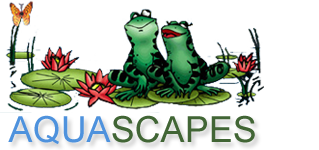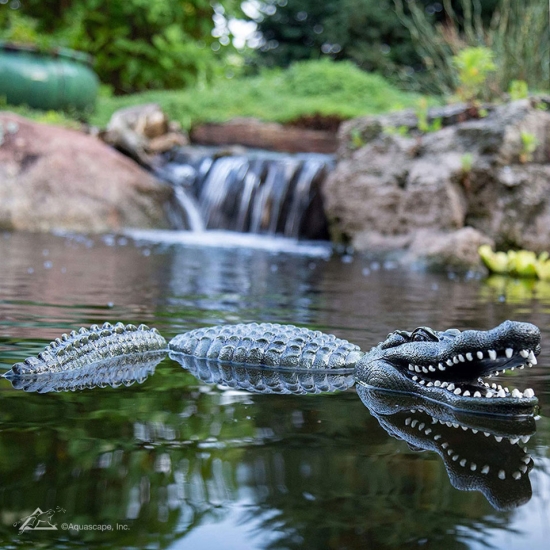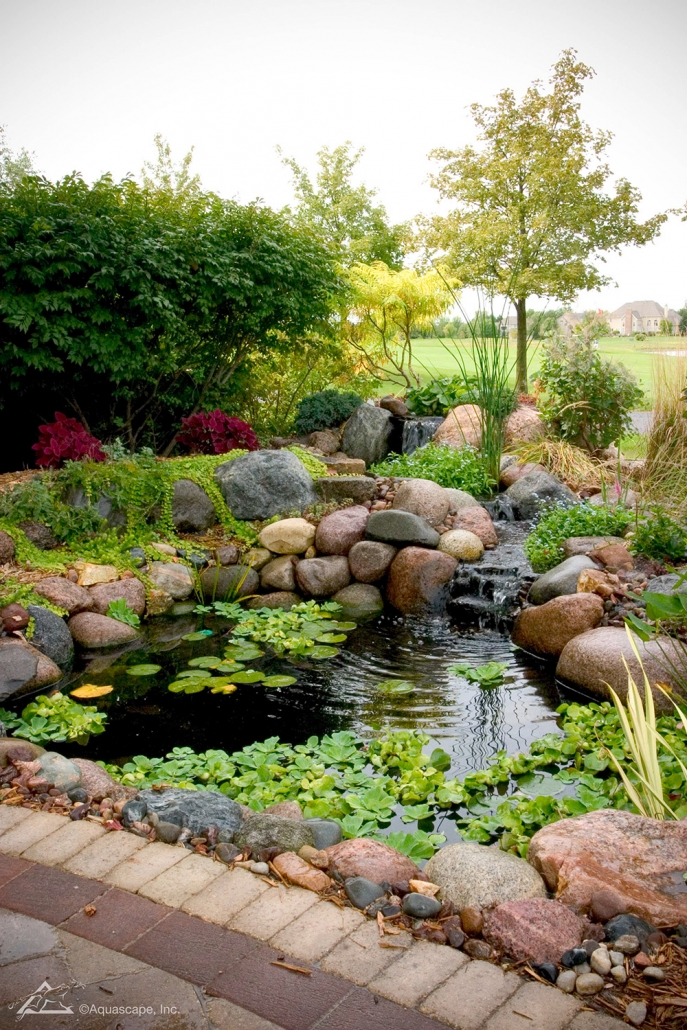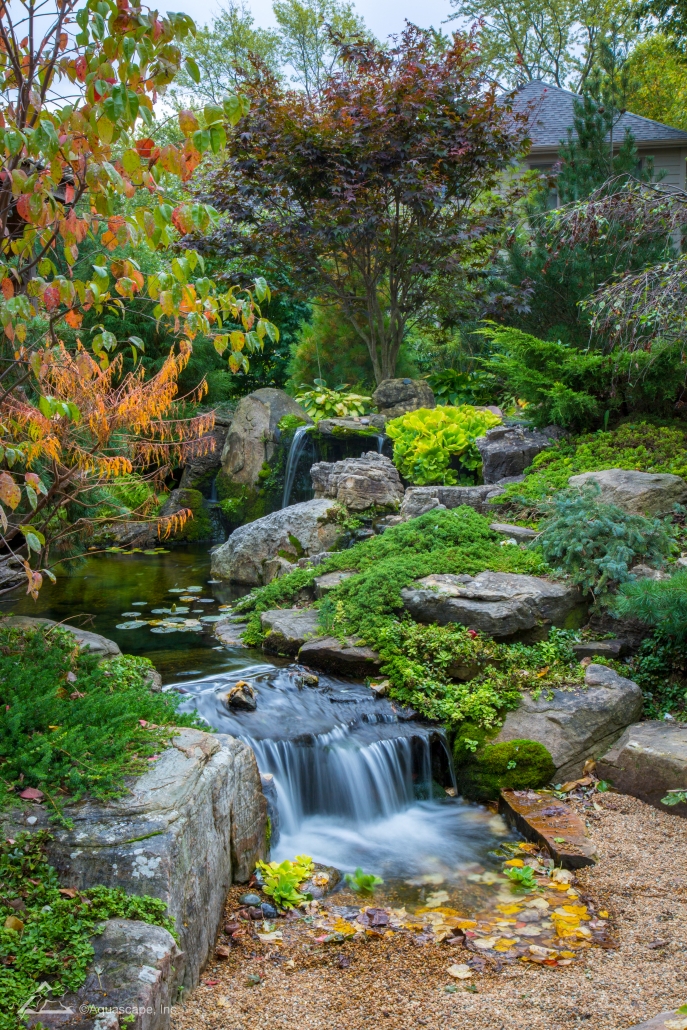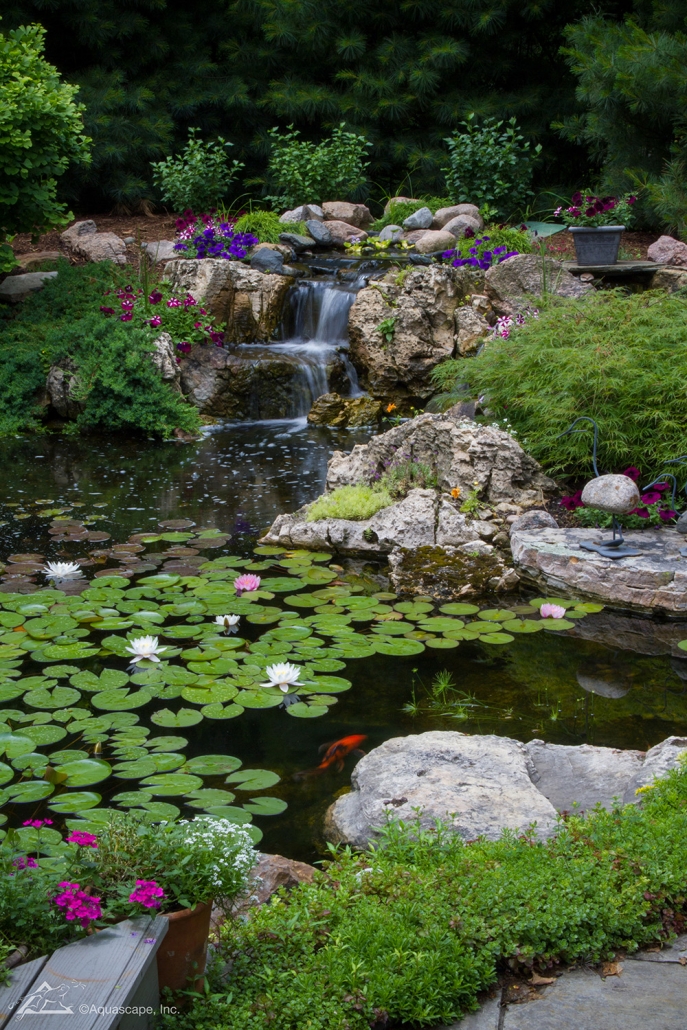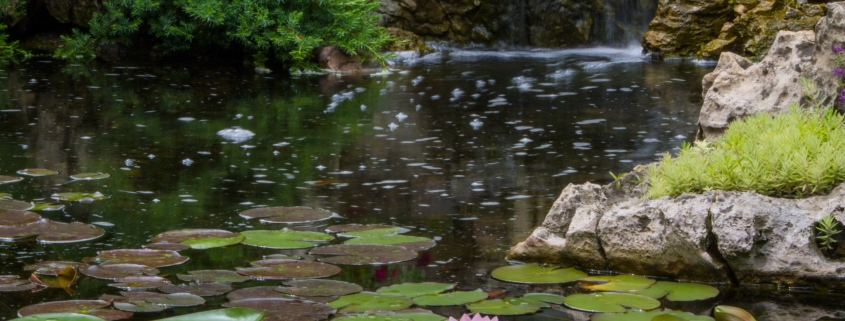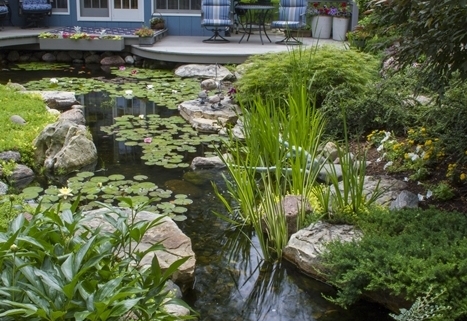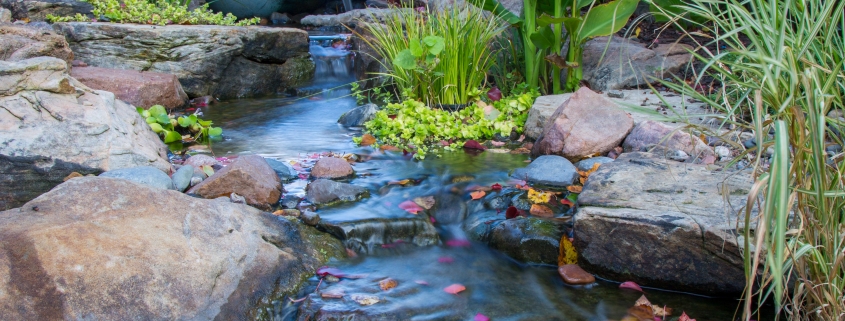How Long Does a Pond Pump Need to Be on Each Day?
A pond pump and a filter are necessary to maintain pond health. A well-maintained pond adds value to a home, and even though a large pond with fish requires more maintenance than a small pond, it is worth the extra effort, providing movement, color and a dramatic landscape element. A pond’s pump should run 24 hours each day to ensure the pond’s water circulates through the filter to keep the water clear.
Pump Function
A pond pump may be submerged in the pond’s water or sit outside the pond, depending on the pump type, but both types work in the same way. The pump uses spinning blades, known as impellers, to pull pond water through a screenlike intake and expel the water through an outlet pipe. Generally, a large pond has an external pump and a smaller pond or water garden has a submersible pump. Any kind of pump requires regular maintenance of its intake filter and screen to prevent clogging.
Pump Size
Before buying a pond pump, calculate your pond’s water capacity to determine the size of pump required to circulate all of the pond’s water through the pump every one to two hours. Formulas can help you determine your pond’s water capacity in gallons from pond measurements taken in feet. The formula for a rectangular pond is length x width x depth x 7.48 = gallons. For a circular pond, the formula is radius x radius x 3.14 x average depth x 7.48 = gallons. The formula for an irregularly shaped pond requires dividing the pond into easier-to-calculate shapes, figuring the water capacity in gallons for each of those shapes and then multiplying the total sum of those gallons by 231 instead of 7.48.
Operating Cost
A pond that has a pump or other electric equipment requires electricity, and so it will increase your monthly electric cost. Some pumps cost less to operate than other pumps. Reduce the cost of pump operation by using a pump that moves the necessary amount of pond water while using the least amount watts; a watt is a measurement of electrical usage. Calculate the cost of operating a pump by using this formula: Divide the watts by 1,000, and then multiply that figure by 24 hours, the number of days per operation and electricity cost. An example is: 300 watts/1000 x 24 hours x 30 days x 0.08 for electricity cost = $17.28 as the cost to run the pump for 30 days.
Other Considerations
Mosquitoes can be a problem when a pond is in the landscape, but mosquitoes lay eggs in only stagnant water. A pump can keep the pond water moving, deterring mosquitoes from laying eggs in the water. Even a small amount of moving water can prevent mosquitoes from laying eggs. So if a pump is not feasible, add a fountain bubbler to keep water moving.
How Many Watts Would a 2.5 HP Pump Use?
A pump helps circulate and filter the water in a pool. A pump’s horsepower determines how quickly the pump can process all the water. The goal is for the pump to sufficiently filter all the water in an 8 to 10 hour period, according to Aquascapes. Depending on the size and volume of your pool, you will need more or less horsepower to filter the water in that ideal time frame. Horsepower can be converted to watts, giving you a guesstimate of what your energy costs might be to run your pump.
Math Conversions
One horsepower is equal to 745.7 watts. When you multiply 745.7 watts by 2.5 hp, you get 1,864.25 watts. Energy costs are calculated in kilowatt-hours, and to get kilowatt-hours, you multiply watts by hours and divide by 1,000. So, if you run your pool pump for 8 hours in one day, 1,864.25 multiplied by 8 and divided by 1,000 equals 14.9 kilowatt-hours. If you run your pump every day for an average of 30 days per month — 30 multiplied by 14.9 — your pump uses 447 kilowatt-hours in a month.
Different Water Features for Your Garden
Having water features in the garden adds an entirely different dimension of calm and serenity. Moving or still, water is peaceful to look at. It makes you and your guests feel good over a gathering in the garden. A garden water feature could be as simple as a water pool or a complex mechanism like a waterfall with a fish pond. Here are some of the water features that you can install in your garden.

Fish Ponds
These are small to medium-sized ponds build to fit in your garden. Various varieties of fish can be added to such ponds like goldfish and koi. The critical thing to keep in mind while selecting fishes for a pond is to avoid rival and predatory species. Fish added the colours of nature to your pond. Fish will require life-sustaining mechanisms in your pond, like the supply and circulation of oxygen by installing pumps and filters.
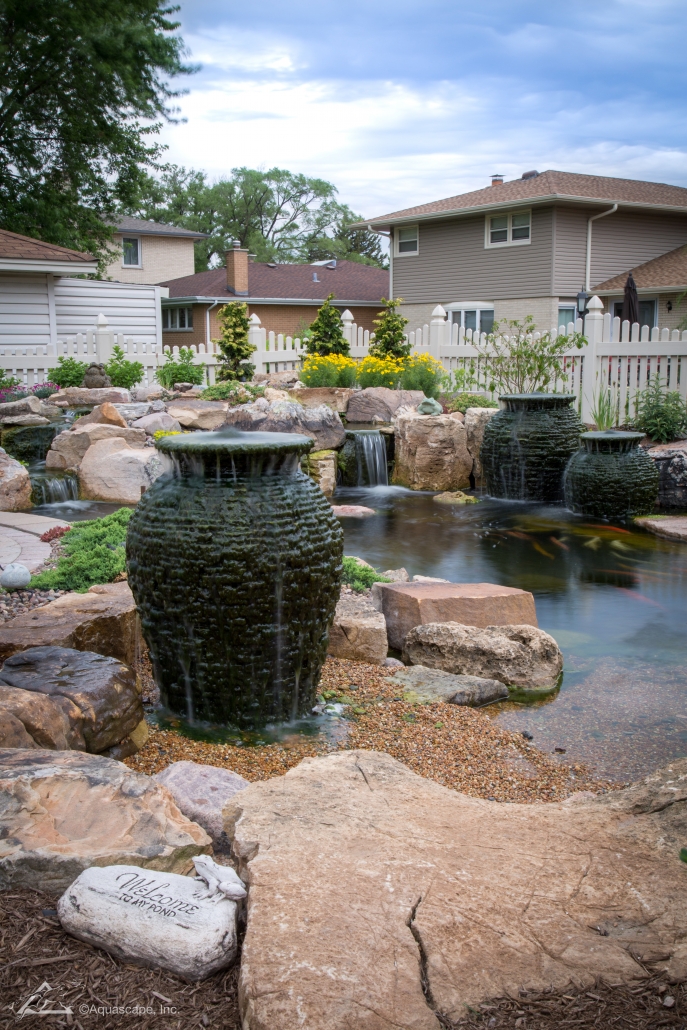
Fountains
These water features come in different sizes, shapes, and styles. Regardless to say, a fountain adds an extra charm and beauty to your garden. The beautiful sound of water splashing along with its stunning architectural looks makes water fountains a very appealing water feature for the garden. Fountains do come with an increase in the cost of installing mechanisms like pumps for creating a sustainable water flow.
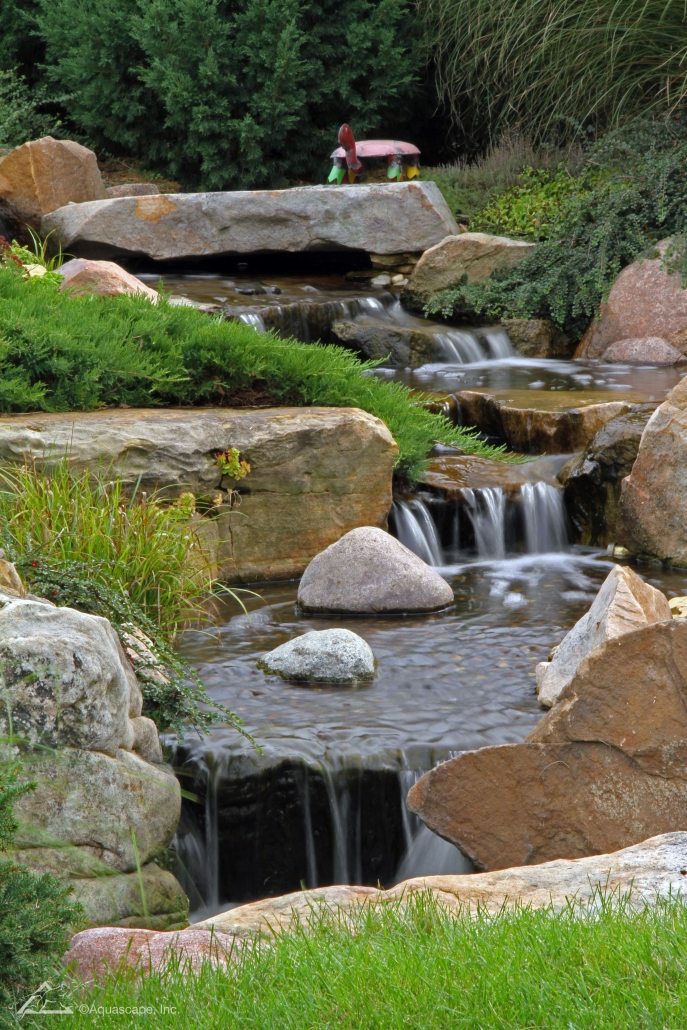
Waterfalls
Waterfalls are a prevalent water feature for gardens. Waterfalls can be added to an existing pond or fish pond to make it more appealing. Like fountains, it adds the splashing sound of water to your garden. Waterfall gives a very relaxing and soothing effect on the mind. One can easily relax beside a garden waterfall after a hard day of work and get revitalized. It usually is creating by adding stones and boulders and adding a water flow. Like a fountain, a waterfall requires mechanisms to maintain constant water flow like pumps and filters. Adding a waterfall to a garden pond can also help to keep the water clean as it’s continuously flowing.
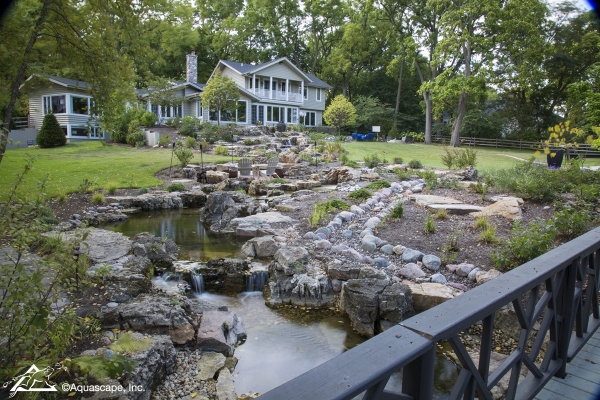
Garden Streams
Streams can be easily created in the garden along pathways or around pools. Water streams are normally created as a part of the overall garden water feature and a waterfall and a garden pond. The water from streams is made to flow in a waterfall, which then gets flowed into a garden pond. Different plants can be grown along a stream and garden pond to provide a small natural aquatic habitat for visual aesthetic purposes.
With years of experience, our experts can help you create any water features in your garden customized to your needs.
Best way to Maintain Water Features in Garden
Having water features in your garden, whether small or large, gives an utmost sense of calm and tranquillity. To keep these water features as smooth as possible for a long time, it’s essential to regularly maintain water features in garden like pond, waterfall, fountain.
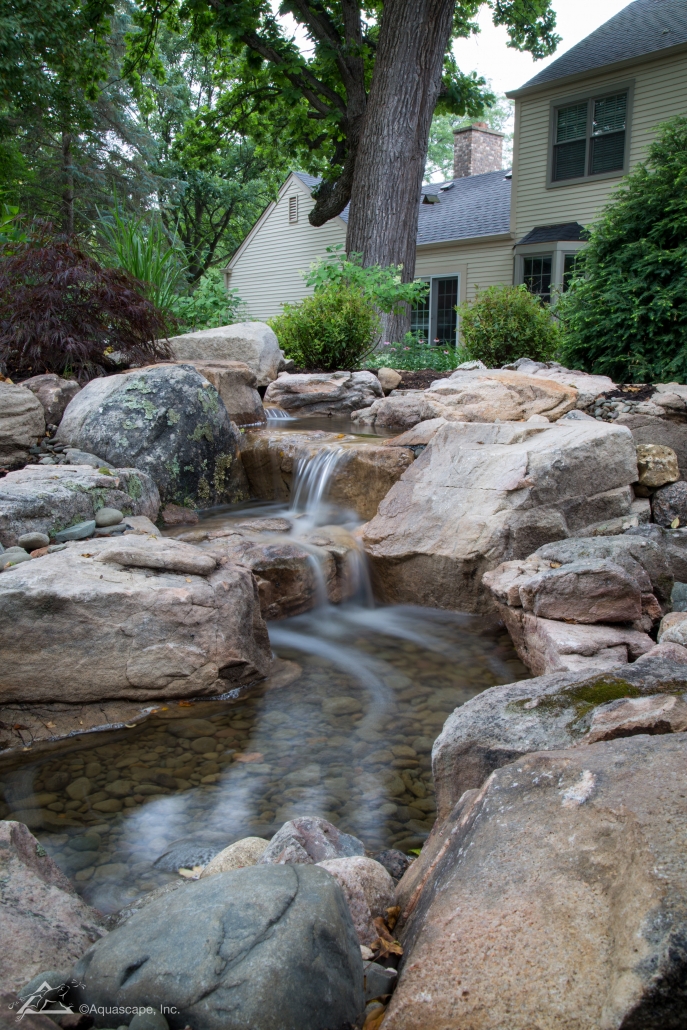
Water Filters:
Water filters are an essential component of a healthy pond ecosystem. Filters help to process fish waste, uneaten fish food, leaves, and runoff from lawns. It is recommended to choose the right filter right before you start building the water features. If the water features are already built, it is difficult to add a skimmer or bio falls. In such a case, a submersible pond filter can be used. You can check some of our filter products here.
Water cleansing:
If the water is dark in colour, there is a chance that there is a crud at the pond’s bottom. In such a scenario, it is better to do a full-scale cleaning of the pond water. Empty the pond water into the surrounding landscape. With the help of a garden hose, rinse the rocks and gravel. Once the pond is cleaned, you can remove the water pump and fill the pond again.
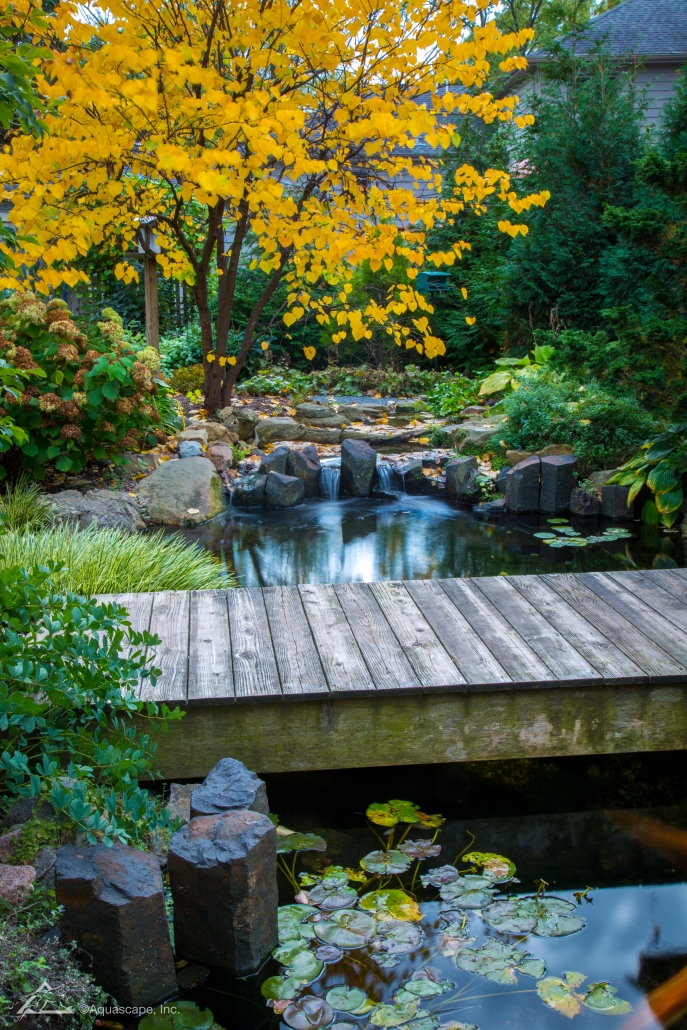
Plants trimming
Skim and trim the leaves and plants in the garden every week. This helps to keep debris to a minimum. Control the spread of algae. Floating plants limit sunlight allowing to check the growth of algae. Additives can also be used to reduce algae growth.
Regular checks
Conducting regular checks on equipment like pumps and filters to ensure they are free of clogs and debris helps them operate properly. Test the water regularly, especially if you have fish, as excessive amounts of chemicals like ammonia and chlorine can affect their health.
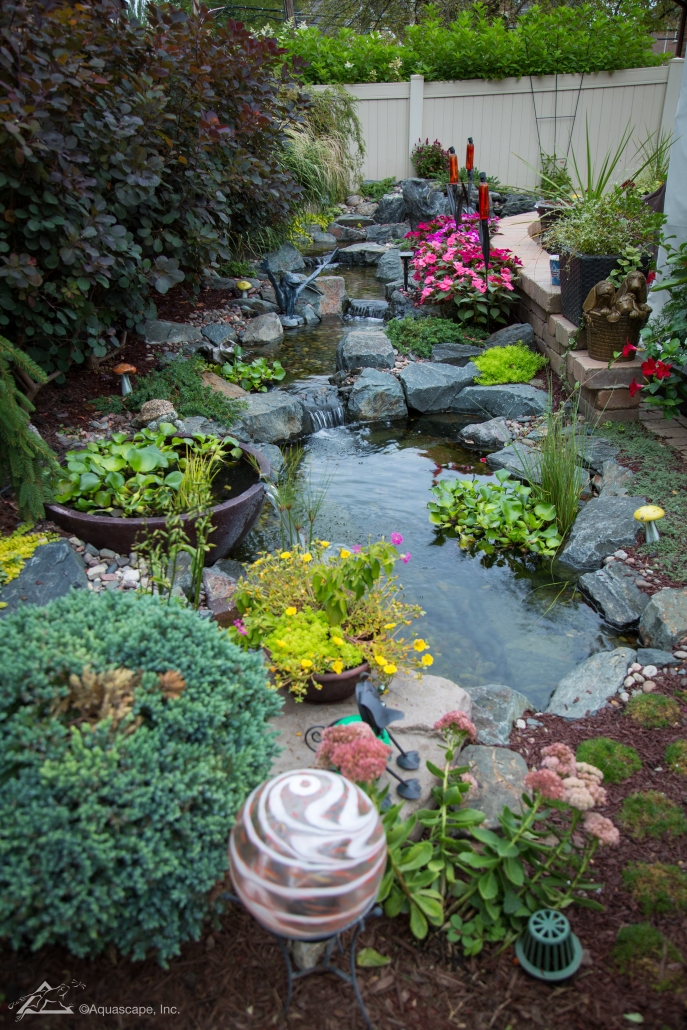
Keep the water moving.
Circulating the water with a pump, waterfall, or fountain will help avoid mosquito larvae from hatching to maintain water hygiene. Moving water also helps to distribute and support the oxygen levels throughout the pond for fish. Install features like small waterfalls or streams which help to keep the circulation of water. For proper circulation, choose the right kind of pump for your pond. We have different collections of water pumps which you can choose from with the help of our experts.

Seasonal pond care
Fluctuations in seasons require different maintenance of ponds. What you do with your pond during this seasonal transition depends mostly on where you live. If your area experiences long periods of freezing weather, you may consider shutting down the water flow or adding a floating de-icer. You can choose to keep water running, but do ensure that an ice dam does not form. Here are a few products to consider, as you plan for seasonal pond care going into the fall and winter months.
Following the above recommendations can easily help you maintain water features in your garden.
Types of fish for garden pond
When you build a garden pond, there are numerous varieties of fish that you can choose from for your pond. You can bring different types of fish together in a garden pond. However, care should be taken to avoid predatory and rival species, as this can easily disturb the balance of your pond culture.
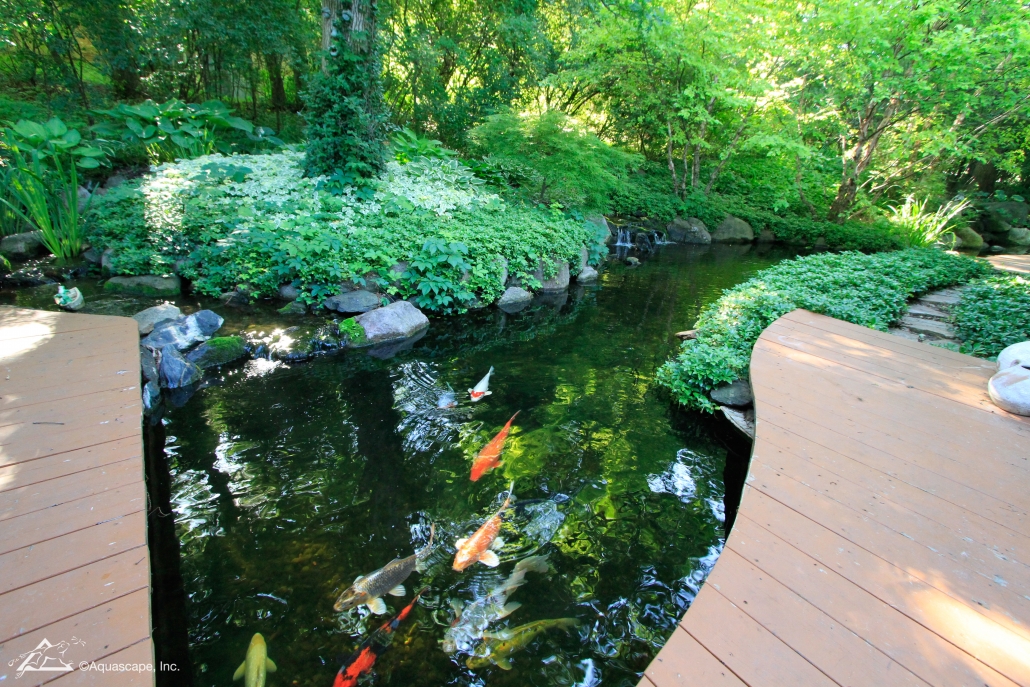
We have compiled a list of some of the top fish species you can use in your pond.
Gobi
The Gobi is also sold as an algae eater. However, this fish species feeds on insects and small snails. The maximum length these fish grow is up to 5 to 6 inches and can easily survive up to 5 years. These fish species prefer clean and freshwater. Hence regular cleaning of the pond would be necessary. This fish lives near the bottom of the pond, often between stones.
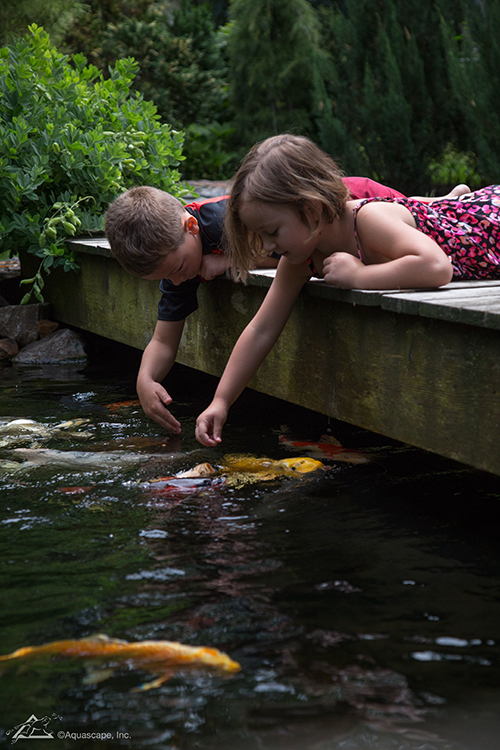
Rosette
A Rosette is also called as Golden Rudd. This fish can grow up to lengths of 8 to 14 inches. It has a silver-colored body with red fins. It is a healthy fish and does not require much care. However, the oxygen levels of water and freshness need to be optimum. You may require a filter and oxygen pump to maintain the health level of this fish. Rosette makes for an attractive viewing in the pond and can easily mix with other fish species of its size.
Goldfish
This fish species is the most popular of all the pond fishes. They come in a variety of colours like red, yellow, orange, and white. The maximum size of this fish can reach up to 14 inches. However, fish sizes in one pond can vary a lot. This fish feeds on vegetable food and small aquatic fishes and animals. The best-known goldfish are Sarsa and comet tail. They make for a fantastic viewing experience because of colours and vibrancy.
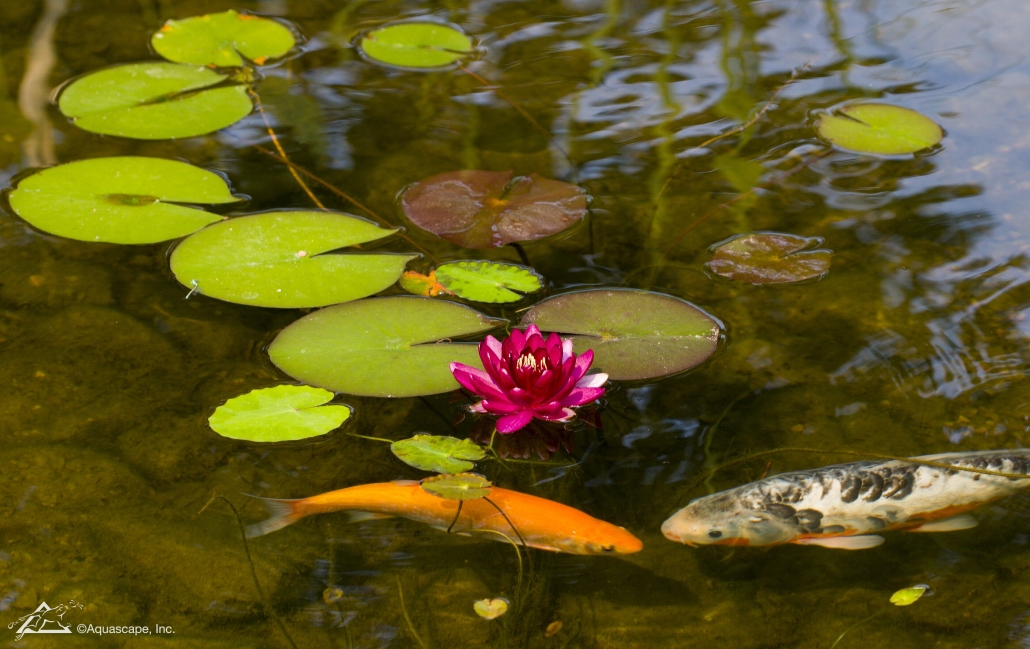
Koi Carps
In the last few years, keeping Koi Carps in ponds has been a trend. These fishes are native to Japan and hence are also called Japanese Koi. Koi comes in different vibrant colours and may grow up to quite a large size of 28 to 32 inches. These fishes require constant temperature in water and need water to be fresh. They can live a long life by pond fish standards, with some living up to 40 years old. If you are going to keep koi, you need to have a larger pond with 50 to 60 inches in depth.
These are just some of the varieties of pond fish, and there are many more still. Whatever pond fish you choose as part of your garden pond, always remember, taking proper care of fish and ensuring adequate living conditions and diet is most important.
